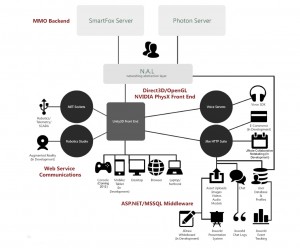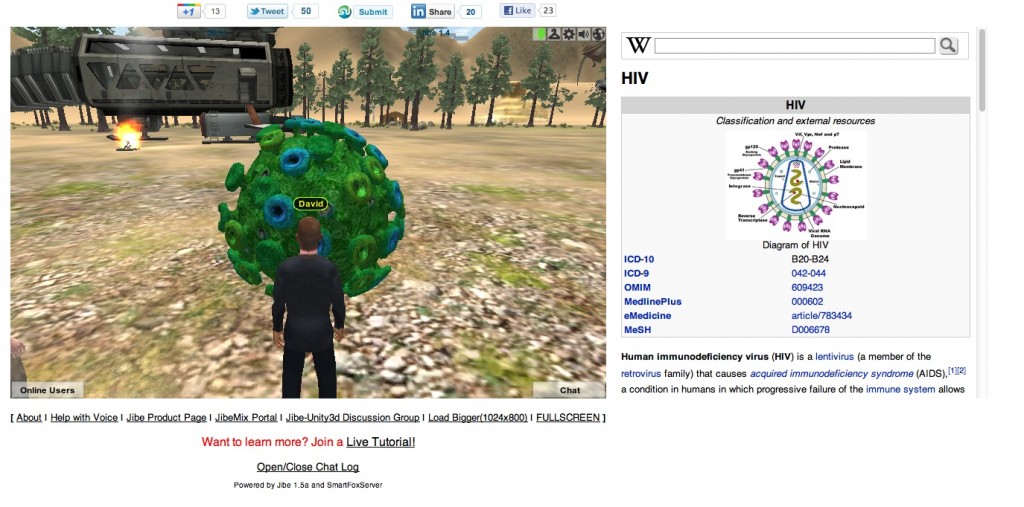If I were to make a list of the top three things that are responsible for Second Life being as great as it is – and that is exactly what I’m doing today – it would read equally well as a list of things that hold Second Life back.
Via dwellonit.taterunino.net
Archives for January 2012
Ten Great Australian Songs You May Not Know
It’s Australia day and there’s plenty of music going around. Triple J run their hottest 100 which is always worth a listen. The Pay TV channels have their ‘Top 100’ aussie music countdowns as well. So I thought I’d jump on the bandwagon and round up 10 songs you probably won’t have heard of, or at least you won’t know them well. They’re all catchy in their own way, but feel free to suggest your own in comments!
The Triffids – The Seabirds
The opening song from one of the most acclaimed aussie albums of all time:
Paul Kelly – Bicentennial
Some would see it as brave to release and perform this song today. Imagine doing it in 1988 to coincide with Australia’s bicentennial celebrations.
TISM – Greg! The Stop Sign!!
Australia’s balaclava wearing icons. This song has better harmonies than the Beach Boys.
Solid Citizens – Singing in the Shower
Vacuous synth pop but catchy as hell, and these guys are still going!
Vitabeats – Boom Box
You may have forgotten this song but once you hear it again the horrifying reality of its catchiness will get you.
Architecture in Helsinki – It’5!
This one is from 2006:
The Panics – Majesty
I think I would have enjoyed history more at school if these guys had been involved:
The Falling Joys – Jennifer
I can say I’ve covered the 1990’s (just) with this one:
My Friend the Chocolate Cake – A Midlife’s Tale
Very hard to know which song to choose from this mob, but this is one of the much underrated and known songs from their first album.
Painters and Dockers – Die Yuppie Die
Let’s go out with some rock containing some pretty scathing lyrics:
Why Apple’s ‘New Textbook Experience’ Is Actually Revolutionary
It’s official: Apple has doubled down on education. In today’s announcement of its new iBooks 2 platform, the company also introduced iBooks Textbooks, iPad-based textbooks that it’s been developing, so far, in conjunction with textbook giants Pearson, McGraw-Hill, and Houghton Mifflin Harcourt. The collection of primers — which Apple is variously referring to as a “new textbook experience” and “the next chapter in learning” — leverages the interactive capabilities of the tablet and applies them to educational content.This is big news because it’s a big deal. In entering the textbook market, Apple is also transforming it.Textbooks have remained, depending on your perspective, either amazingly consistent or amazingly stagnant over the thousands of years they’ve been around. Whether codexes or scrolls, whether scrawled on papyrus or printed on paper, their purpose has remained the same: to contain and systematize the educational experience, making knowledge both portable and economical. Textbooks have been optimized to render the vagaries of circumstance irrelevant.
Via www.theatlantic.com










Recent Comments